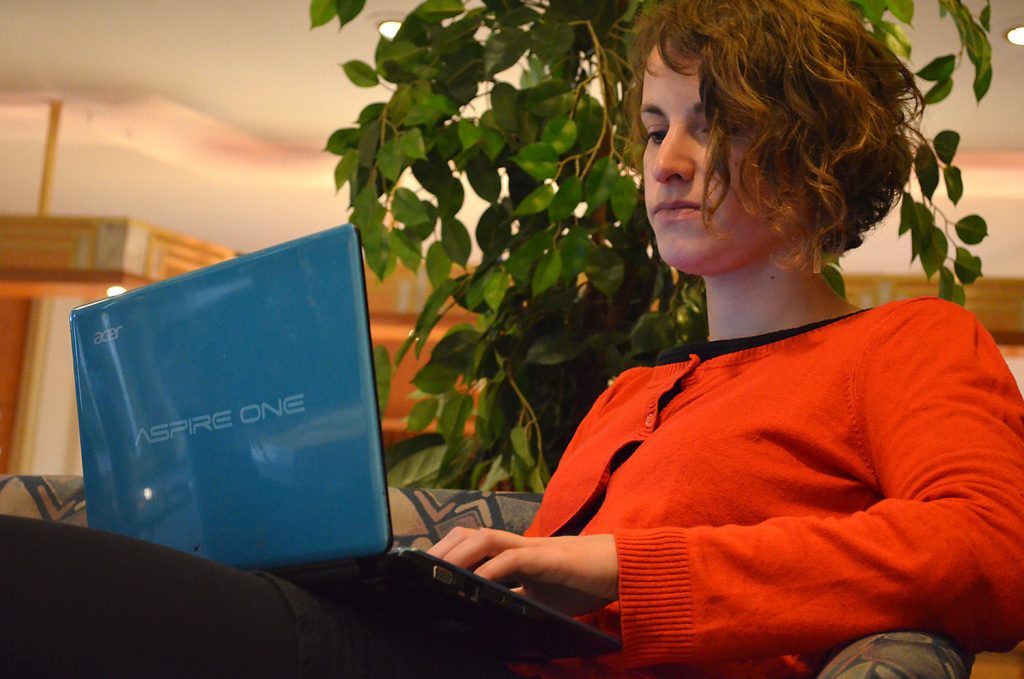TIBL – Technical Innovation in Blended Learning

Multiple devices (like notebooks, laptops, tablets, computers, or smartphones) are a fact in our daily use. To use them for successful training, the user must be educated and the appropriate environment must be available. The training developed in this project takes the viewpoint of the learner to
- Supply the trainees best
- Ensure optimized training results taking in account the necessary user education and a well-defined developed training environment – items still missing in C-VET technology enhanced trainings
- Supply SMEs
![]() The project is an ERASMUS+ strategic partnership and co-funded by the European Commission.
The project is an ERASMUS+ strategic partnership and co-funded by the European Commission.
Project aim
The project aims to increase the training success (and the training outcomes) of Blended Learning of trainees using “multiple devices” (computers, laptops, notebooks, tablets and bigger smartphones) in C-VET and closing the information and expectation gap between trainees and companies and to support the trainers to implement such a training successfully.
Objectives are to
- develop a Blended Learning and multimodal training environment using multiple mobile devices, considering the diversity of these devices
- Develop an appropriate pedagogical framework (special focus on the trainee’s situation
- Embed a quality enhancement framework based on EQAVET indicators
- Develop teaching and learning strategies to fill the gap between the outcomes of the training programs and the expectations/needs of the companies
- Create an easy-to-use toolbox for trainers to support them in the process of course creation using (different) multiple devices including a Blended Learning course “Train the Trainers” (MOOC course based on Moodle as an OER)
- Implement and evaluat pilot courses in a real enterprise and a training institution to prove the developed items
- Support of SMEs in their training activities
- Create cost reducing training for SMEs
- Provide an appropriate transferability guide
The expectations of companies into training and the expectations of trainees, especially in CVET training, differ. J. Nalder (2011) published as reasons: ICT practice of the trainees is not high enough and involved staff in training needs to improve pedagogy. While studies about the use of tablets exist, especially for school education, the material for CVET is poor. Results from the EOI projects performed in Spain from 2009 to 2013 focus on school environments. Best praxis examples, especially implementing training in companies, based on the use of multiple devices, are missing.
The crucial project outcome will be a toolbox for trainers tu supply them in corse creation. The toolbox is a completely new developed and programmed web-based tool and developed to assist trainers in course creation. The toolbox is based on the developed pilot courses but offers the necessary flexibility to create aids and basic material to assist the trainers (with a special focus on the pedagogical approach).
At the date of the submission of the application, such a tool open for public use currently (2017) do not exist.
The project documentation is created parallel to the project’s progress and can be found at the TIBL project web page www.tibl-project.eu
![]() The European Commission support for the production of this publication does not constitute an endorsement of the contents which reflects the views only of the authors, and the Commission cannot be held responsible for any use which may be made of the information contained therein.
The European Commission support for the production of this publication does not constitute an endorsement of the contents which reflects the views only of the authors, and the Commission cannot be held responsible for any use which may be made of the information contained therein.

